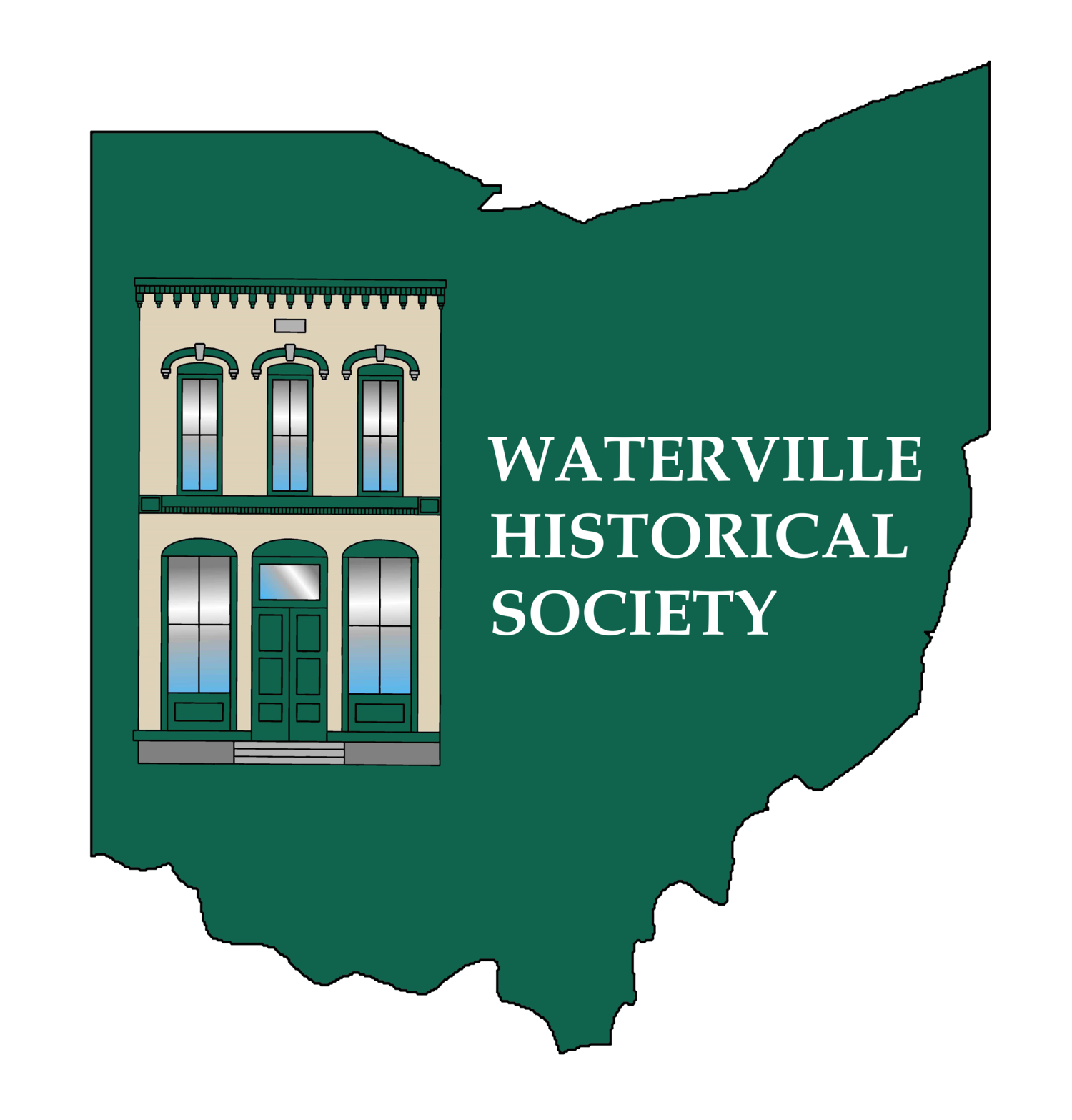A Belated 200th Anniversary
An anniversary quietly slipped by last year in our “lost year” of 2020. It was 200 years ago (201years now) that Wood County was organized (February 12, 1820) by the state legislature who carved fourteen counties from lands purchased from seven or eight Indian tribes as a result of the Lower Maumee Treaty of September 28, 1817. The county was named for Col. Eleazer D. Wood, the engineer who built Fort Meigs. Why do we care? Because Waterville in 1820 was part of Wood County as was all of what later became Lucas County. Our founder, John Pray was one of the first county commissioners along with Samuel Ewing and Daniel Hubble. The February 12th date is apparently the date it was authorized by the legislature as another source gives April 1, 1820 as the founding date. This would account for the time it would take to survey the borders and select a governing body for a working county so both dates are significant. The town of Perrysburg was selected as the county seat in 1822 and remained so until 1868 when Bowling Green was selected as a more central location in a more highly developed county. Waterville Township and the unincorporated village of Waterville were established in 1831 within Wood County and the plat of the village as drawn by John Pray was recorded in Perrysburg. Lucas County was separated from Wood at the compromise settlement of the Michigan-Toledo “War” in 1835 with Maumee as the original county seat. So a belated congratulations to Wood County on their 200th anniversary and to us for our part in their founding.
1829 Map
1833 Map


